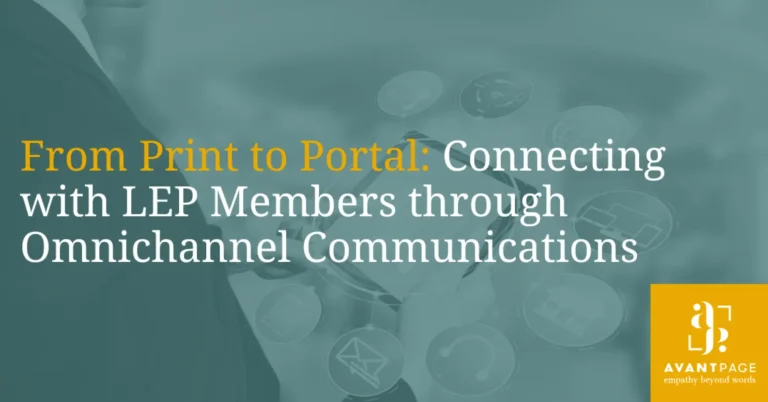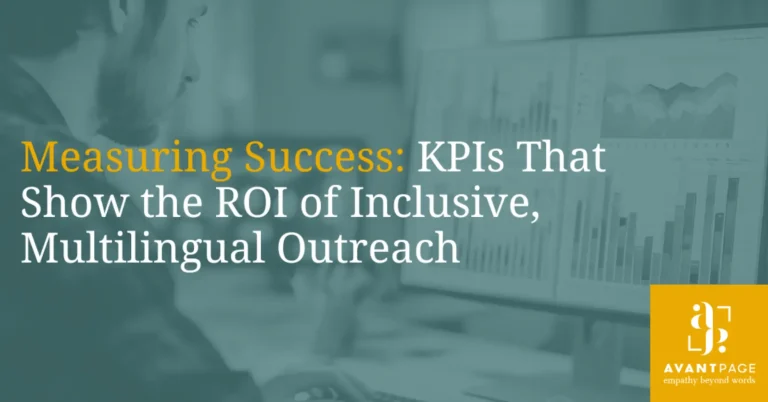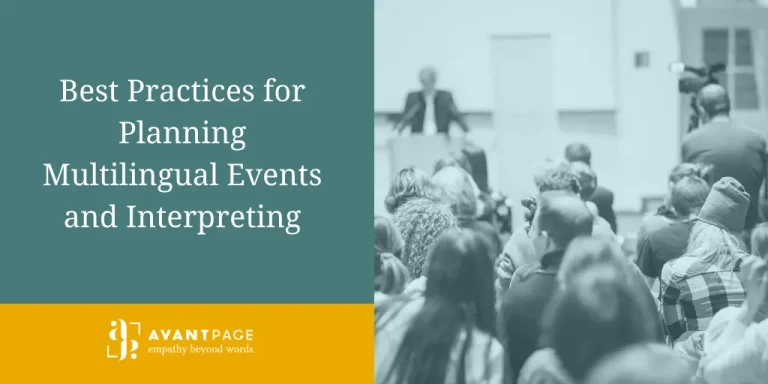Beware! Here Are The Worst Problems With Even the Best Translation Apps
At some point in your life, you may have used a translation app to convert words or phrases into a foreign language quickly. Some of the best translation apps available today can translate text from a photo using your phone’s camera, offer real-time voice translation, or even allow offline translation without an internet connection. Popular options like Google Translate, iTranslate, DeepL Translator, and Microsoft Translator are commonly found on both Android and iOS devices, including iPhones, iPads, and the Chrome browser. While these tools can be convenient, they’re not foolproof, especially when accuracy, security, and cultural sensitivity matter most.
The technology behind these applications is Machine Translation (MT). While MT has come a long way, it’s still far from perfect. For sensitive use cases, like healthcare, government, or legal communications, translation apps may do more harm than good. Below, we’ll explore five key problems with even the best language translation apps, along with a comparison between free apps and professional translation services.
5 Pitfalls of Translation Apps
Even the best translation apps come with hidden limitations that can pose serious risks when accuracy and confidentiality are essential. In this section, we’ll take a closer look at the most common pitfalls of relying on translation apps, especially in high-stakes settings. You’ll also gain clarity on when it’s time to shift from automated tools to professional human translation services to ensure quality, compliance, and trust.
1. Translation Apps Can’t Understand Context
Machine Translation lacks human intuition. A person can understand context, pronoun references, tone, sarcasm, or nuance—technology cannot. For instance, if you say, “Yes, but no… I mean, yes and no—it’s complicated,” a human gets the ambiguity. But apps like Google Translate or Apple Translate will likely miss your point entirely.
Translation functions in these apps are often literal. If you’re translating for multilingual audiences in critical settings, such as patient instructions, election ballots, or legal documents, literal translations without context can be dangerous.
2. Accuracy Is Not Guaranteed
Even the best translation app is only as good as its dataset. Translation apps aren’t known for producing high-quality translations. Many translation apps request user feedback to create better translations, but users submit many different ways to translate the same content. Again, what’s missing is context. To have an accurate, high-quality translation, you need to know why the document is being translated and to whom the materials will be delivered.
Without human review, these tools can misinterpret different languages, leading to errors in text translation, voice translation, or camera translation.
When accuracy is non-negotiable, like in medical consents or public safety communications, you need more than an app. You need a Language Service Provider (LSP) who ensures linguistic precision.
3. Translation Apps Don’t Protect Confidentiality
Free translation apps often store or share user data. Tools like Immersive Translate, Translator Go, or even well-known ones like Google Translate may log or analyze what you input. That’s fine for translating “Where’s the bathroom?”…but perhaps not for a patient’s cancer diagnosis. For organizations bound by laws like HIPAA, FERPA, or Title VI of the Civil Rights Act, this is a serious liability.
Part of finding the right Language Service Provider (LSP) is understanding how they keep your confidential data safe. LSPs host their servers in secure data centers and have procedures to ensure that protected information is encrypted.
Free translation apps don’t provide this level of safety. If you’re translating information that is confidential in any manner, you should use a human translator or professional translation service to ensure the information stays protected.
4. Post-Editing Takes Time and Budget
Using a translation app to save money on translation rarely works. LSPs often spend more time and effort fixing poor machine translations than starting from scratch. What seems like a shortcut can derail your project timeline and increase cost.
If you’re trying to save on high-volume documents, such as public health flyers or legal disclaimers, speak to your LSP about MT with Human-in-the-Loop quality assurance instead of relying on free tools.
5. Inaccuracies Damage Credibility
Poor translations hurt your reputation. If you don’t know the language you’re translating to, you may end up with a translation failure rather than a usable message. When public-facing content is mistranslated, it can lead to confusion, mistrust, or even legal consequences. If you’re a school district misrepresenting an IEP, a hospital mistranslating discharge instructions, or a government agency publishing faulty election instructions, the stakes are too high for guesswork.
Pros & Cons of Free Translation Apps
| Free Translation Apps | Professional Translation Services | |
| Cost | Free or low cost | Varies based on project scope |
| Languages Supported | Dozens, including Spanish, French, Hindi, Arabic, Korean, Russian, etc. | Often broader, with rare dialect support |
| Offline Capabilities | Some apps offer offline translation | Not typically needed |
| Security | Data may be stored or shared | Secure and HIPAA-compliant |
| Accuracy | Inconsistent, context often missing | Reviewed by trained professionals |
| Use Case Fit | Casual use, travel, quick chats | Ideal for healthcare, legal, elections |
Professional Tip: Free translation apps like Google Translate, Microsoft Translator, or DeepL are great for tourists and informal situations. But when accuracy, data security, and cultural nuance matter, such as in elections, patient care, or civil services, working with a professional LSP is the best choice.
Frequently Asked Questions About the Best Translation Apps vs. Professional Translations
What are the best translation apps for everyday use?
Some of the most popular and reliable translation apps include Google Translate, iTranslate, DeepL, and Microsoft Translator. These apps work well for informal needs, such as quick travel phrases or social communication, and many offer features like camera translation, voice translation, and offline translation.
Are translation apps secure for healthcare or legal use?
No. Free translation apps are generally not HIPAA-compliant or secure enough for confidential use. They may store your data or use it to train AI. For healthcare, government, or legal translation, it’s essential to work with a professional language service provider.
Can I use Google Translate for IEPs or medical documents?
It’s strongly discouraged. While Google Translate can provide a rough idea of a message, it not only may lack contextual accuracy and legal reliability, but it also breaks confidentiality or HIPAA regulations. Schools and hospitals should use certified translation professionals who understand legal frameworks like IDEA, ADA, and Title VI.
Is the AICool Translation App safe?
Many users have asked this as AI-based translation tools grow. While AICool and similar apps might be safe for general use, they are not recommended for translating sensitive or regulated content. Always vet your tools before using them in official contexts.
What’s the difference between a translation app and a language service provider?
Translation apps offer automated, one-size-fits-all translations based on algorithms. An LSP (Language Service Provider) delivers human-reviewed, culturally sensitive translations that meet industry regulations. LSPs also offer interpretation, localization, and quality assurance that apps cannot.
Work with a Trusted LSP for High-Quality Translations
If you want high-quality, confidential, and accurate translations, free translation apps won’t work for you. You need a trusted partner. At Avantpage, we’ve spent nearly 30 years helping government agencies, healthcare providers, school districts, and nonprofits build effective language access strategies.
Call us today at (530) 750-2040 or request a free quote.


